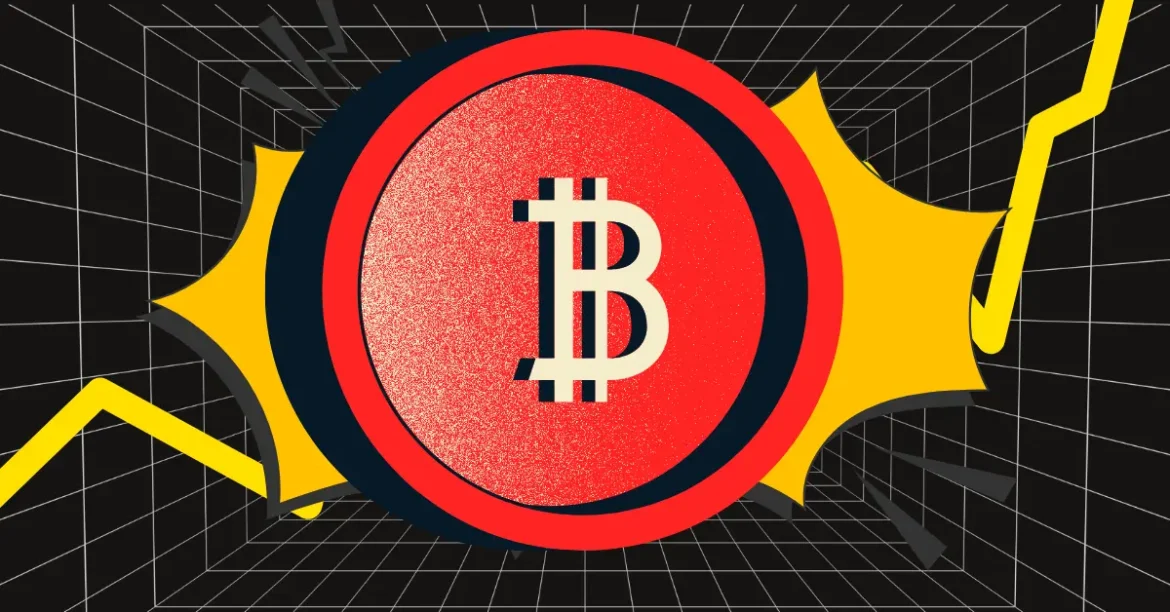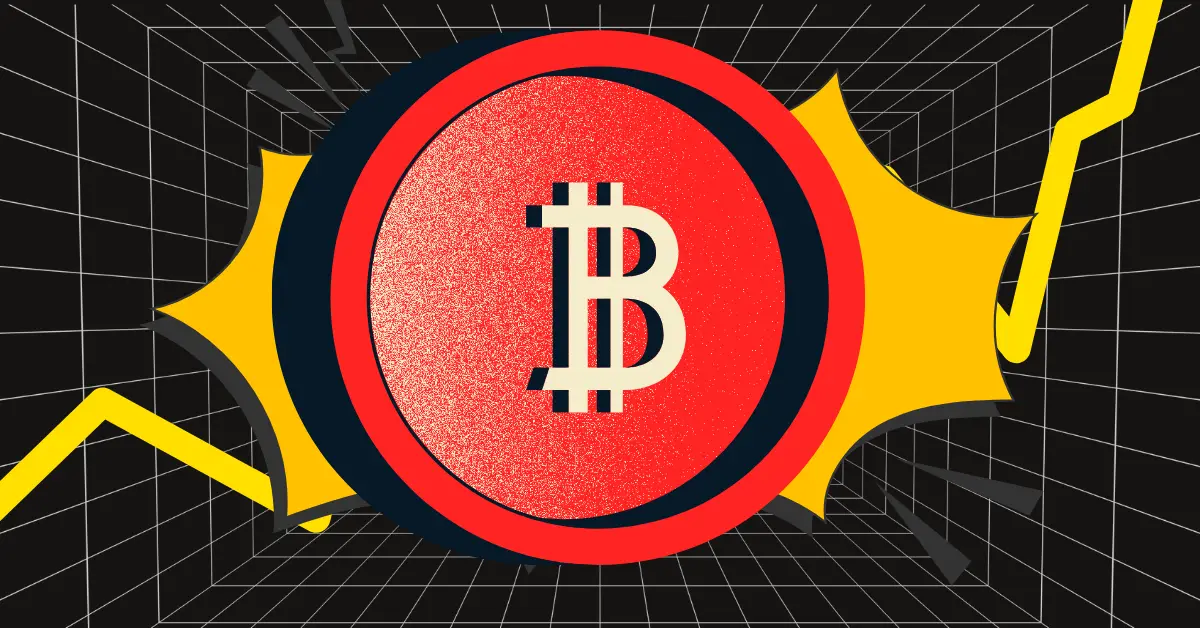Decoding the Coinbase Premium: A Thermometer for U.S. Bitcoin Demand
Understanding the Coinbase Premium
The Coinbase Premium is a unique metric that provides a window into the relative strength of Bitcoin demand within the United States. It is calculated by comparing the price of Bitcoin on Coinbase, a platform heavily used by U.S. investors, with the price on Binance, a global exchange. When Bitcoin trades at a higher price on Coinbase, it indicates stronger buying pressure from U.S. investors, resulting in a positive premium. Conversely, a negative premium suggests weaker demand, with Bitcoin trading at a discount on Coinbase compared to global markets.
This premium is not just a simple price difference; it reflects the underlying market dynamics and investor sentiment in the U.S. market. A shift in the Coinbase Premium, especially into negative territory, can have significant implications for the broader cryptocurrency market, influencing investor behavior and market trends.
The Implications of a Negative Coinbase Premium
A negative Coinbase Premium signals several potential market shifts:
Weakening U.S. Demand
The most direct interpretation of a negative premium is a decline in buying pressure from U.S.-based investors. This could be due to reduced speculative interest, regulatory concerns, or a shift in investment strategies. U.S. investors, who have historically been significant players in the Bitcoin market, may be adopting a more cautious approach, leading to a decrease in demand.
Potential Price Pullback
Historical data suggests a correlation between a negative Coinbase Premium and potential price corrections in the Bitcoin market. Reduced demand in a significant market like the U.S. can exert downward pressure on prices, leading to a potential pullback. This can be attributed to the fact that the U.S. market is one of the largest and most influential in the global cryptocurrency landscape.
Shift in Market Sentiment
A negative premium can contribute to a broader sense of unease within the market. Investors may interpret it as a sign of waning confidence and adopt a more risk-averse approach. This shift in sentiment can have a ripple effect, influencing other markets and investor behaviors.
Increased Selling Pressure
A negative premium suggests that U.S. investors are offloading BTC at a discount compared to other global exchanges. This increased selling pressure can further drive down the price of Bitcoin, creating a feedback loop that exacerbates the negative premium.
Factors Contributing to the Negative Shift
Several factors may have contributed to the recent shift of the Coinbase Premium into negative territory:
Diminished Speculative Buying
The initial surge in Bitcoin’s price earlier in the year was fueled, in part, by significant speculative buying activity. As the market has consolidated and experienced periods of volatility, this speculative fervor may have cooled down. Investors may be taking a more cautious approach, waiting for more stable market conditions before making significant investments.
Slowing ETF Inflows
The introduction of Bitcoin ETFs in the U.S. was initially met with considerable enthusiasm, driving substantial inflows into these investment vehicles. However, the pace of these inflows has slowed in recent weeks, potentially indicating a more cautious approach from institutional investors. This slowing of ETF inflows can be seen as a reflection of the broader market sentiment and a potential cooling of investor interest.
Selling Pressure from U.S. Bitcoin Miners
Some reports suggest that U.S. Bitcoin miners, such as Riot, have been contributing to the selling pressure. This could be due to factors like increased energy costs or the need to liquidate holdings to cover operational expenses. The selling pressure from miners can have a significant impact on the market, as they are major players in the Bitcoin ecosystem.
Regulatory Uncertainty
The regulatory landscape surrounding cryptocurrencies in the United States remains somewhat uncertain. Ongoing debates and potential policy changes may be weighing on investor sentiment and contributing to a more conservative approach. Regulatory uncertainty can create a sense of instability in the market, leading investors to adopt a more cautious stance.
Profit-Taking
Following a period of significant gains, some U.S. investors may have opted to take profits, contributing to the selling pressure on Coinbase. Profit-taking is a natural part of the market cycle, but it can also signal a shift in investor sentiment and a potential cooling of the market.
Is U.S. Demand Collapsing?
While the negative Coinbase Premium undoubtedly signals a weakening of U.S. demand, it’s premature to conclude that demand is collapsing entirely. The cryptocurrency market is inherently cyclical, and periods of exuberance are often followed by periods of consolidation or correction. The current negative premium could simply represent a temporary pullback as the market digests recent gains and adjusts to evolving conditions.
However, the negative premium does warrant close attention. If it persists for an extended period, it could indicate a more fundamental shift in U.S. investor sentiment, potentially leading to a more prolonged period of price weakness. It’s crucial to monitor the duration and depth of this negative premium, alongside other key indicators, to gain a more comprehensive understanding of the market dynamics.
Historical Context and Comparisons
Analyzing historical data can provide valuable insights into the significance of the current negative Coinbase Premium. Examining past instances of negative premiums, their duration, and their subsequent impact on Bitcoin’s price can help investors gauge the potential implications of the current situation. It’s crucial to consider the broader market context during these historical periods, including factors such as regulatory developments, macroeconomic conditions, and overall investor sentiment.
For instance, past negative premiums have often been followed by periods of price consolidation or correction, but they have also been succeeded by periods of renewed growth. Understanding these historical patterns can provide a more nuanced perspective on the current market conditions and potential future trends.
The Role of Bitcoin ETFs
The introduction of Bitcoin ETFs has significantly altered the landscape of Bitcoin investing in the United States. These ETFs provide a more accessible and regulated avenue for institutional and retail investors to gain exposure to Bitcoin. The performance of these ETFs, particularly the volume of inflows and outflows, can offer valuable clues about the underlying demand for Bitcoin in the U.S.
A sustained period of ETF outflows could exacerbate the negative pressure indicated by the Coinbase Premium. Conversely, a resurgence in ETF inflows could signal renewed interest and potentially drive the premium back into positive territory. Monitoring the performance of Bitcoin ETFs is therefore crucial for understanding the broader market dynamics and investor sentiment.
What Needs to Happen for a Reversal?
For the Coinbase Premium to revert to positive territory and signal a resurgence in U.S. demand, several factors would likely need to align:
Renewed Speculative Interest
A catalyst, such as a positive regulatory development or a significant technological breakthrough, could reignite speculative buying activity and drive demand on Coinbase. Such catalysts can create a sense of optimism and excitement in the market, encouraging investors to take a more bullish stance.
Increased ETF Inflows
A sustained increase in inflows into Bitcoin ETFs would indicate renewed institutional and retail interest in Bitcoin exposure. This increased demand can help drive the price of Bitcoin higher, potentially leading to a positive Coinbase Premium.
Easing of Regulatory Concerns
Greater clarity and a more favorable regulatory environment could alleviate investor anxieties and encourage greater participation in the market. A more stable and predictable regulatory landscape can create a sense of security and confidence among investors, leading to increased market activity.
Positive Market Sentiment
A general improvement in market sentiment, driven by factors such as positive macroeconomic data or successful adoption of Bitcoin by major corporations, could boost investor confidence and drive demand. Positive market sentiment can create a virtuous cycle, where increased demand leads to higher prices, which in turn attracts more investors.
Conclusion: Navigating the Uncertainties
The negative Coinbase Premium serves as a crucial indicator, spotlighting a potential cooling of U.S. Bitcoin demand. While not necessarily indicative of a total collapse, it does suggest a shift in market dynamics that demands careful consideration. Monitoring the duration and depth of this negative premium, alongside other key indicators such as ETF flows and regulatory developments, is vital for navigating the inherent uncertainties of the cryptocurrency market.
Understanding the forces behind the Coinbase Premium is key to making informed decisions in a rapidly evolving market. Ultimately, the future trajectory of Bitcoin’s price will depend on a complex interplay of factors, with U.S. demand playing a significant, but not solitary, role. By staying informed and adaptable, investors can better navigate the uncertainties and capitalize on the opportunities presented by the dynamic cryptocurrency market.





